
The European research network ALEA in Europe is finally happy to announce the first...
ALEA in Europe School
to be held, from 21 to 25 October 2013, at CIRM, in Luminy (Marseille).
The school will present, in particular, three series of two lessons,
five invited seminars, plus a few short seminars.
---- !!! INFORMATION TO PARTICIPANTS AT THE BOTTOM OF THE PAGE !!! ----
The lectures are:
A tentative program
is here.
Note that the school will be over at 16.30 on Friday 25th, so
you may plan a trip back on Friday evening.
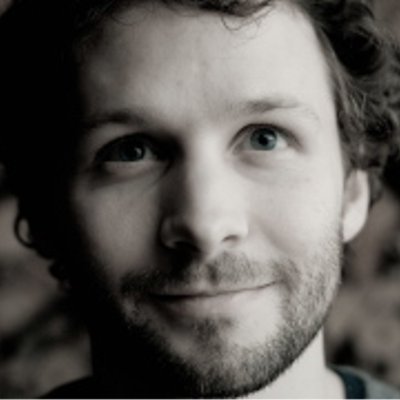
|
Patrik FerrariMarkov chain dynamics and interpretations in random tiling, particle systems and random matricesWe will first explain the construction of a dynamic on Markov chains, which preserves a nice class of measures on interlacing particles configurations. Such systems arises in some random tiling models (for instance in the Aztec diamond), in interacting particle systems systems, and have connections to random matrices too. We will then apply the construction to some examples to see how it works in a concrete situation.
What kind of results can be obtained in the limit of large time t?
To the particle system we initially considered one could associate
also a height function. In the large time limit, the height profile
presents some facets and a disordered region, the bulk. The
fluctuations in the bulk are Gaussian in the (ln(t))^(1/2) scale (it
is a Gaussian Free Field), while at the edge of the facets the
fluctuations live on the t^(1/3) scale and are governed by the
Tracy-Widom distribution first discovered in the context of random
matrices.
|
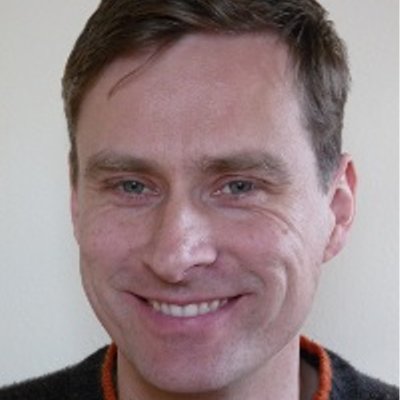
|
Jan SwartDuality and intertwining of Markov ProcessesMarkov process duality is a very strong tool in Markov process theory with applications, e.g., in the theory of diffusions and in the field of interacting particle systems. In the latter, in particular, many of the elementary models have useful duals and have been much studied partly just because of that.
In my first lecture, I will address the question how to systematically
look for dualities, treating the Lloyd-Sudbury theory for
nearest-neighbour systems and giving examples.
In my second lecture, I will look at the related but less well-known
concept of intertwining of Markov processes and treat special
examples, such as the look-down construction of the Wright-Fisher
diffusion and trimmed trees of branching processes, in a unified
framework.
|
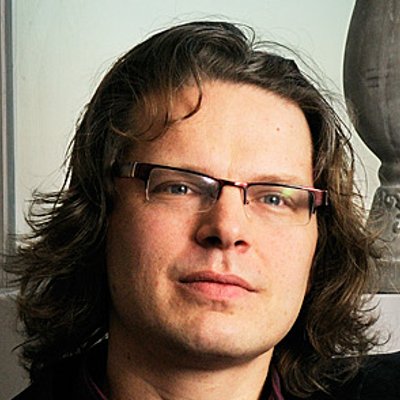
|
Remco Van der HofstadThe small-world nature of Random GraphsEmpirical findings have shown that many real-world networks share fascinating features. Indeed, many real-world networks are small worlds, in the sense that typical distances are much smaller than the size of the network. Further, many real-world networks are scale-free in the sense that there is a high variability in the number of connections of the elements of the networks. Therefore, such networks are highly inhomogeneous. Spurred by these empirical findings, models have been proposed for such networks.
In this course, we discuss empirical findings of real-world networks,
and describe some of the random graph models proposed for them. We
then discuss the small-world phenomenon in random graphsand its link
to `six degrees of separation'. We further discuss flows on random
graphs, where the edges are equipped with general independent and
identically distributed edge weights. We highlight some of the
ingredients used in the proofs, namely the tree-like nature of the
random graphs under consideration and the use of branching processes.
The first lecture will mainly deal with real-world networks and random
graphs, while the second one will deal with the small-world phenomenon
in weighted and unweighted random graphs.
|
| Long talks will be given by |
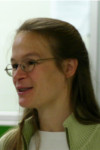
|
Mireille Bousquet-Mélou |

|
Jennie Hansen |
|
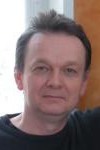
|
Tomasz Luczak |
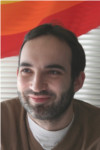
|
Cyril Nicaud |
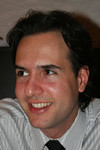
|
Konstantinos Panagiotou |
The registrations are now opened!
Please try to register before the end of August! This is done through the CIRM portal.
(the registration link at the CIRM portal
should look like this).
The procedure is in two (simple) steps:
- you register for the inscription;
- your inscription will be then validated by the organisers, who will notify this to you by e-mail.
We hope to have many of you here!
The organisers,
Frédérique Bassino,
Brigitte Chauvin,
Michèle Soria,
and the scientific committee of ALEA in Europe.
For those of you who do not know what
CIRM
is...
The CIRM, Centre International de Rencontres Mathématiques, is
a wonderful institution, hosted within the
Luminy scientific campus of the Aix-Marseille University, that,
among other things, provides a congress center with cosy in-place
housing facilities, and comfortable common spaces for scientific
research, and leisures (including a rich library). It is at walking
distance to the natural landscape of calanques, i.e. white
cliffs over the Mediterranean surrounded by the typical local
vegetation.
Coming to CIRM is moderately easy. You find some informations on the
CIRM webpage.
(Here, a photo of the calanques)
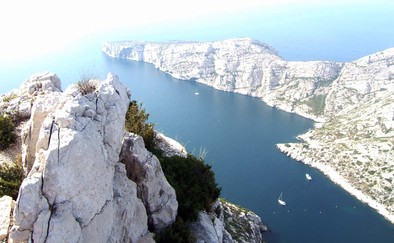

Information to participants
The program is planned to start on Monday morning, 21st,
and end at 16.30 of Friday 25th. For this reason, for
participants whose lodging is supported by the school, the night
20>21 is payed, but the night 25>26 is not (although it is
possible to stay one more night at CIRM, if you need it).
The `normal' plan is to arrive on 20th, Sunday afternoon (but
recall that CIRM opens only at 16h30 ???? CHECK THIS ?????. A
light dinner will be served on that evening, also for you, if you
check the appropriate box in the inscription form!). Then, if
compatible with the length and times of your travel back, we shall
leave in the afternoon of the 25th, Friday. Consider at least
40min, by bus and then subway, to Marseille downtown and main
train station.
For those of you going back to Paris, or through Paris, by train
TGV, the trip takes around 3h15, and trains leave from Marseille gare
St. Jean at
17h36, 18h08, 18h36, 19h36, 20h08,... so it shall be doable
with no much trouble.
All remarks for the webmaster: Andrea Sportiello
andrea.sportiello at lipn.fr